

James Wong
2025 Audi A5 Sedan TFSI 150kW review
4 Days Ago
Steelies. Cast and forged aluminium alloy wheels. Magnesium and carbon fibre wheels. Carbon Revolution is a homegrown supplier at the forefront of wheel technology.

Contributor
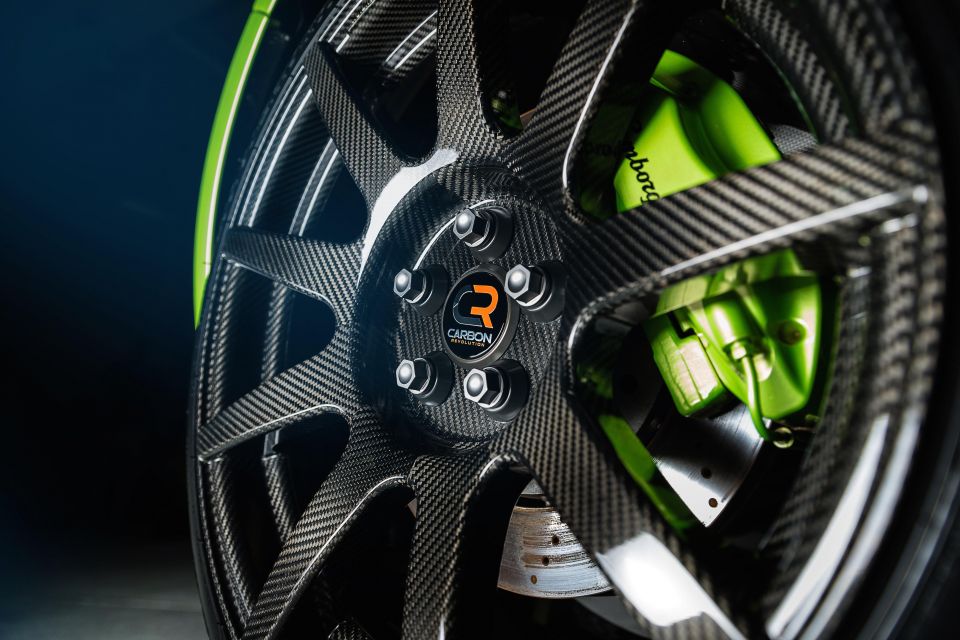

Contributor
Wheel technology has evolved significantly over the last few decades. From wire spokes to steelies, forged and magnesium wheels, it has relentlessly advanced in search of strong, light wheels that reduce a vehicle’s unsprung weight, offering handling and performance benefits in the process.
Carbon Revolution is at the forefront of this. As evidenced by its name, the company specialises in the development and production of carbon fibre wheels for automotive OEMs around the world.
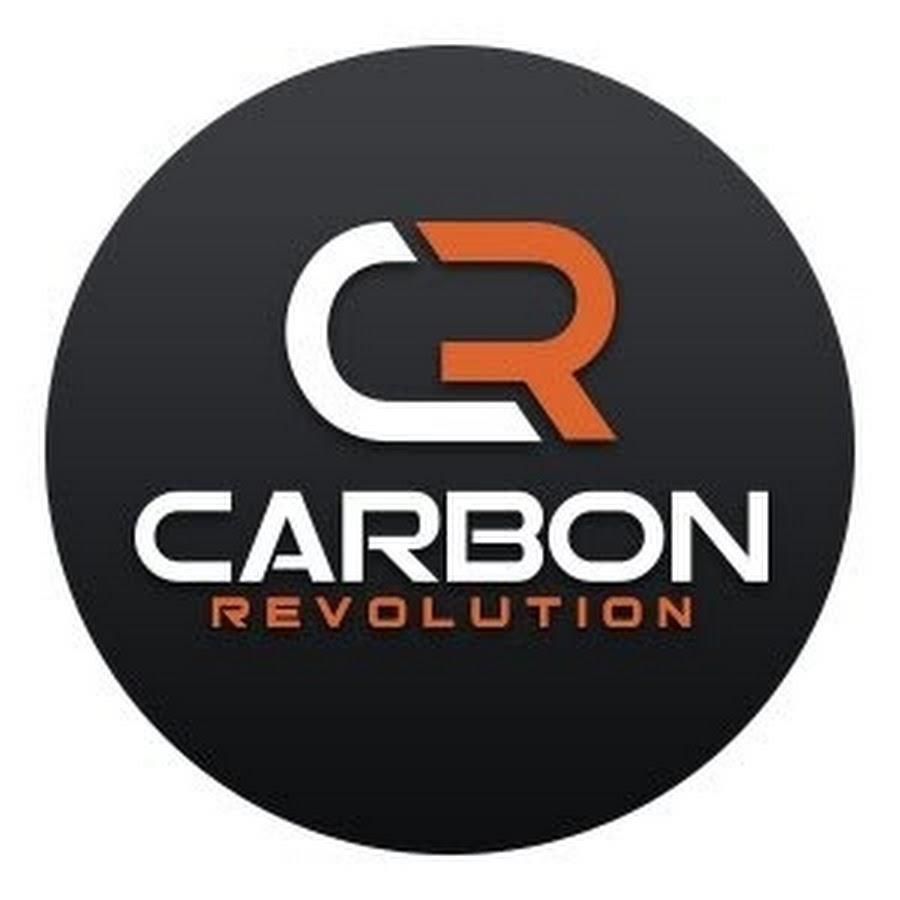
Notably, Carbon Revolution is an Australian-based supplier. Much newer than most other suppliers, the company was founded in 2007 and is based locally, with its headquarters and factory located in Geelong, Victoria.
The company employs the equivalent of over 380 full-time staff and has sold over 17,300 carbon-fibre wheels (as of November 2019), enough to fit around 4300 vehicles.
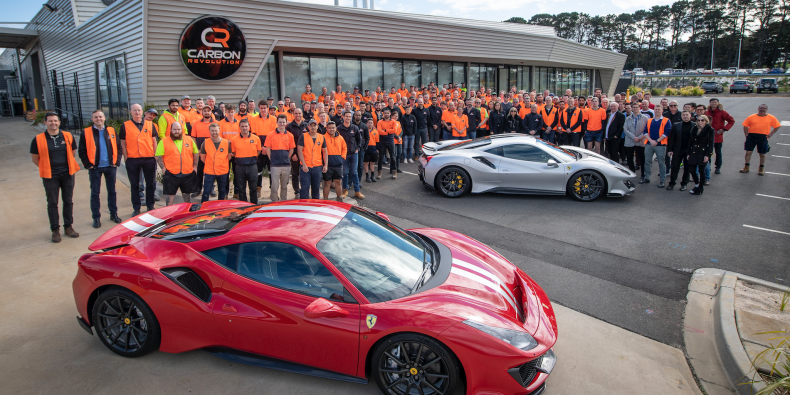
The firm’s origins can be traced back to the university-level Formula SAE competition. A student design competition organised by the Society of Automotive Engineers, Formula SAE asks participant teams to build their own Formula 1 style open wheel racing car, with points awarded across various criteria such as acceleration, fuel economy and cost.
Subsequently, the company expanded to achieve perhaps its most significant financial milestone in December 2019 with its IPO (initial public offering) and being listed on the ASX.
Carbon Revolution is one of the only companies in the world able to manufacture single-piece carbon fibre wheels at scale for OEM and aftermarket customers.

The CR-9 carbon fibre wheel pictured above was the company’s first product. Launched in 2012, it was an aftermarket wheel available for a trio of Volkswagen Group products – namely the Audi R8, Lamborghini Gallardo, and the Porsche 911 GT3.
Shelby’s relationship to Ford is somewhat analogous to AMG’s relationship with Mercedes, and to this extent a Shelby Mustang denotes an ultra-high-performance variant of the car. Shelby offers two variants of the Mustang – the GT500R, focused on outright power and straight-line speed, and the GT350R, geared more towards track usage and having the fastest lap times.
It was with the latter model for which Carbon Revolution obtained its first OEM supply contract, with its wheels being standard fitment on the car.
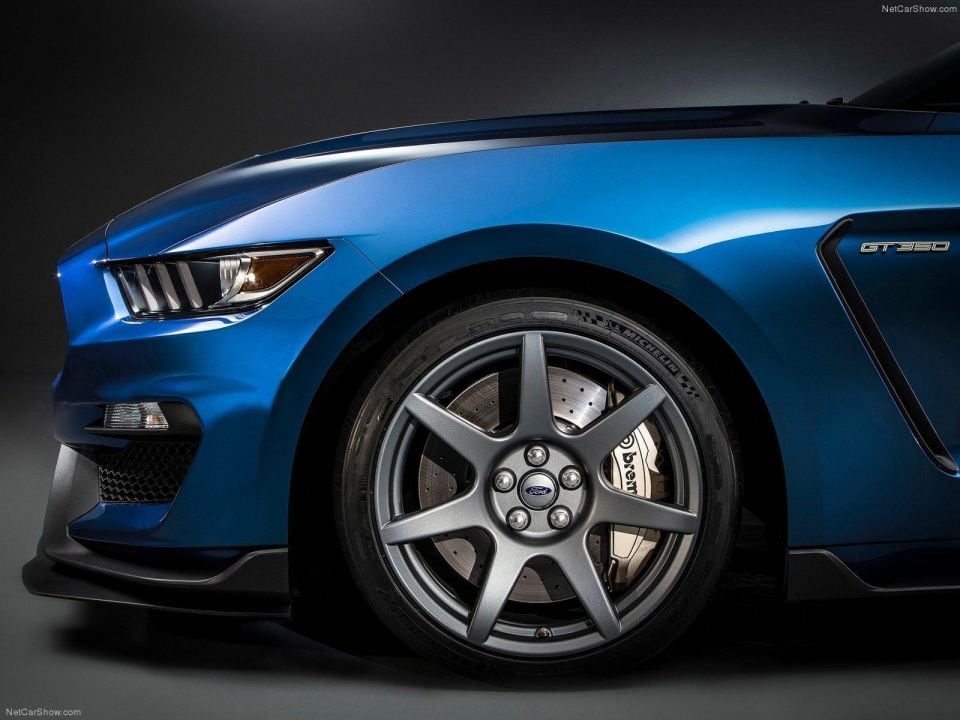
Other contemporary supercars available with the company’s carbon fibre wheels include the Ford GT, where they were available optionally, as well as Ferrari’s 488 Pista and flagship SF90 Stradale.
The image below compares the carbon fibre wheel option (foreground) to the standard cast aluminium alloy and matte forged aluminium wheel options on the SF90.

Perhaps on the slightly more affordable side, Renault has also enlisted Carbon Revolution to manufacture carbon-fibre wheels (optionally available) for the limited run Megane RS Trophy-R.
The company has secured additional business with manufacturers aside from Ford, Renault and Ferrari, with additional models featuring Carbon Revolution wheels expected to be launched in the next two to three years.
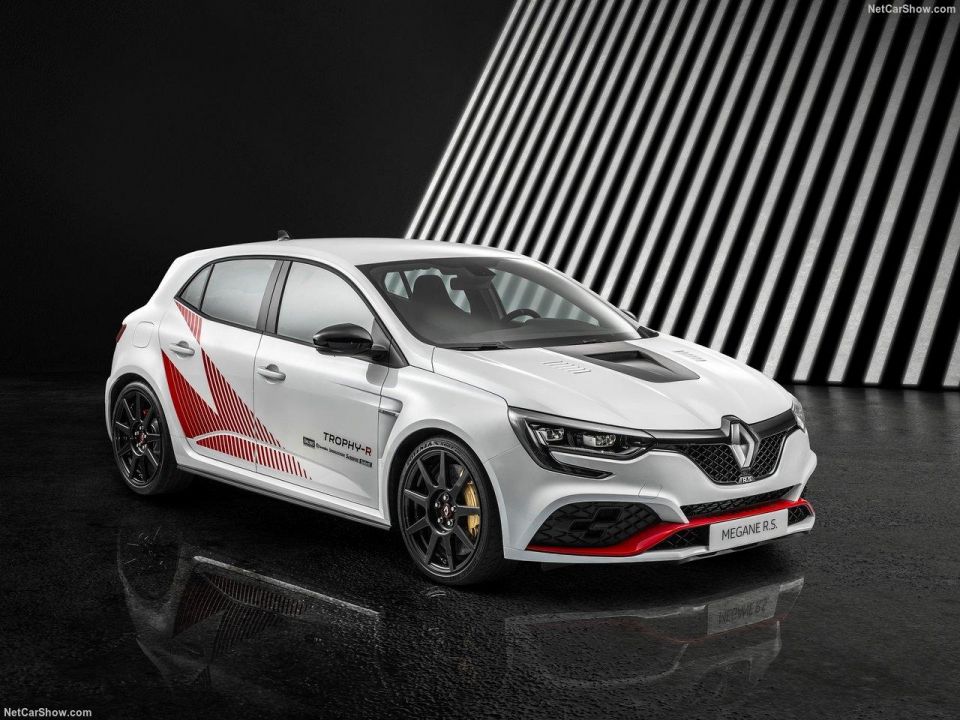
Compared to their magnesium and aluminium counterparts, carbon fibre wheels such as those made by Carbon Revolution primarily offer advantages in vehicle dynamics, including handling performance, as well as NVH (noise, vibration and harshness) performance.
With carbon fibre and carbon-look trim being all the rage as a recent design trend, the wheels also offer a subjective improvement in the aesthetic department.
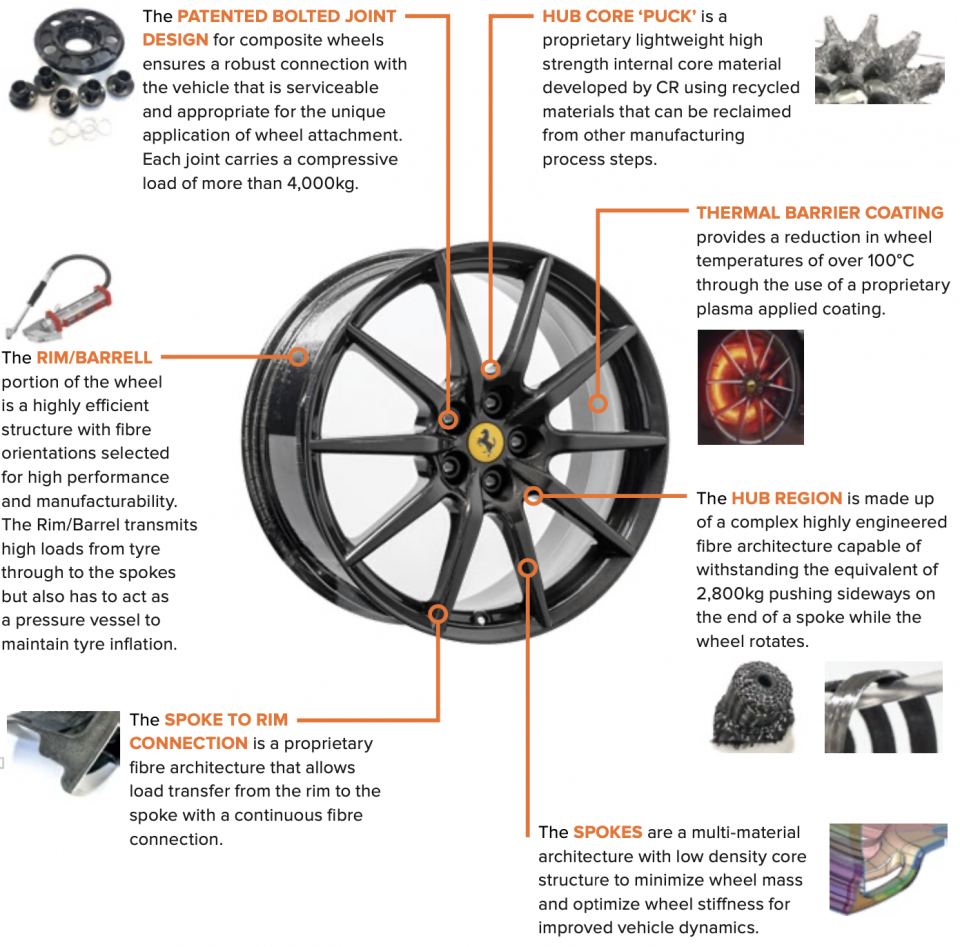
The dynamic improvements stem primarily from the lighter weight of carbon fibre wheels compared to their metal counterparts, which could be up to 40 per cent less compared to a standard cast alloy wheel.
The reduction in weight contributes to a lower total unsprung weight (unsprung weight is a term used to define the parts of the car not supported by the vehicle’s suspension, which typically includes brakes, wheels, tyres, and differentials).
More importantly, with wheels obviously positioned at the extremities of a car and being a rotating part, the use of carbon fibre wheels also enables a reduction in rotational inertia, with flow-on benefits to the mechanical grip of the tyre to the road, and consequent handling and acceleration improvements.
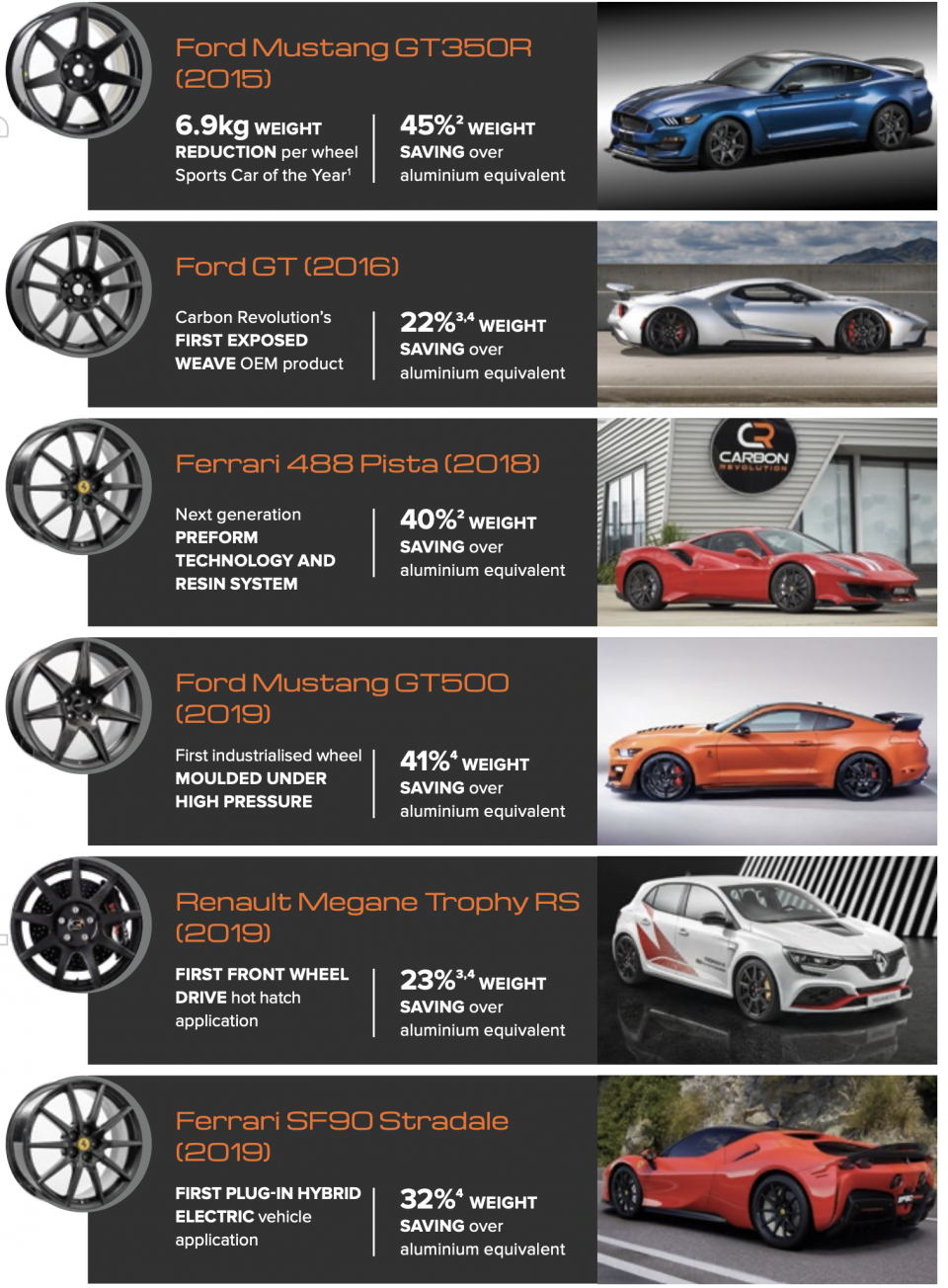
Of course, the reduced weight also offers efficiency benefits, ranging from greater fuel efficiency for internal-combustion engine vehicles, as well as the potential for greater range if used on an electric vehicle.
Carbon fibre as a material is also inherently superior to aluminium and other metals at suppressing noise and vibration transmitted from the road, and to this extent offers the driver and passenger improved refinement and a quieter ride.
Cost is the primary barrier preventing adoption of carbon fibre wheels across the automotive industry, and the main reason why this wheel technology is currently the preserve of expensive performance cars where potential customers can afford the added cost.
A set of 4 aftermarket carbon-fibre wheels costs approximately $15,000 with limited commercial availability – these aren’t the sort of wheels you can purchase from your local JAX or Bob Jane T-Mart!
The firm intends to reduce the expense of producing carbon fibre wheels through further industrialisation and achieving greater economies of scale.
Perhaps more interestingly, Carbon Revolution also intends to expand beyond the automotive industry. The company is currently exploring aerospace applications of its technology, such as carbon fibre based aircraft landing wheels.
The material’s stiffness and fatigue resistance make it particularly suitable to this industry. Other applications that are being explored include military and commercial freight-based uses for trucks that could offer significant per-fleet emissions and fuel savings.


James Wong
4 Days Ago


Matt Campbell
3 Days Ago


William Stopford
2 Days Ago


CarExpert.com.au
12 Hours Ago


William Stopford
11 Hours Ago


William Stopford
10 Hours Ago